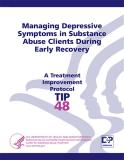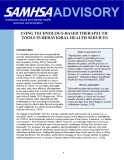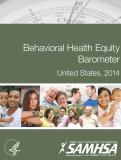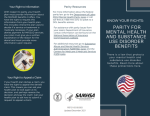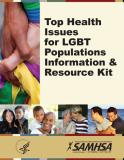
This kit equips prevention professionals, health care providers, and educators with information on health issues among the lesbian, gay, bisexual, and transgender (LGBT) population. It includes an overview of terms related to gender identity and sexual expression.
Units per Product
Download
LGBT Health Kit
File Type: PDF
File Size: 13.59 MB


